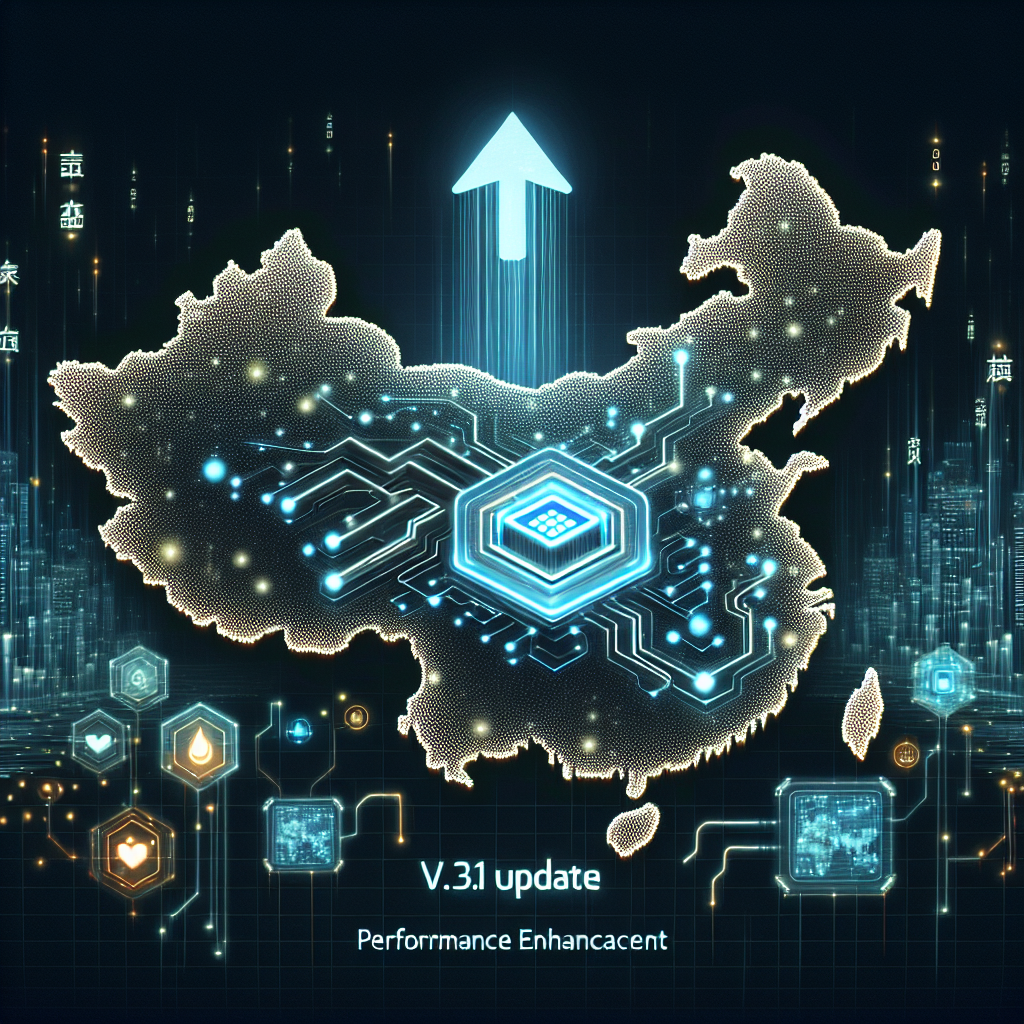China’s DeepSeek Unveils V3.1: A More Powerful and Capable AI Model
China-based artificial intelligence company DeepSeek has officially announced its highly anticipated update to the previous V3 model — introducing DeepSeek V3.1. Debuting on Tuesday, this new iteration represents a strategic leap in AI model performance, training architecture, and general capabilities. As local innovation intensifies within China’s tech ecosystem to rival global leaders, DeepSeek’s upgraded release is stirring interest in both domestic and international markets.
What Is DeepSeek V3.1?
DeepSeek V3.1 is the latest upgrade to the company’s flagship language model series. Rooted in the previous V3 framework, this update brings noticeable improvements in both performance and efficiency. According to the company’s release announcement, the update went beyond mere fine-tuning—V3.1 boasts fundamental advancements in model capacity, domain-specific reasoning, and multi-task performance.
Key Enhancements in DeepSeek V3.1
Here’s what makes DeepSeek V3.1 stand out:
- Improved Natural Language Processing (NLP): The model demonstrates superior language understanding, with increased fluency across multiple languages, especially Mandarin and English.
- Expanded Dataset Training: Version 3.1 was trained on a more diversified and structured dataset, including new information domains like biomedical text, engineering data, and legal language.
- Optimized Inference Speed: Thanks to under-the-hood architectural improvements, response generation is significantly faster while consuming fewer computational resources.
- Advanced Contextual Understanding: V3.1 can comprehend longer context windows, making it ideal for enterprise applications, academic research, and real-time customer service.
China’s Push for AI Leadership
DeepSeek V3.1’s release reinforces China’s ongoing mission to become a global AI powerhouse. Chinese firms are increasingly investing in large language models (LLMs) as domestic alternatives to Western giants like OpenAI and Google DeepMind. V3.1 doesn’t merely narrow the gap—it sets the stage for a new wave of localized AI that caters specifically to the nuances of Chinese language, culture, and regulatory compliance.
Why Does It Matter?
Unlike previous models, DeepSeek V3.1 appears to be backed by governmental as well as commercial support. The model’s unveiling arrives at a time when sovereign AI capability is increasingly critical—especially amid global AI governance debates and rising restrictions on cross-border technology transfer.
Moreover, because China’s digital economy is rapidly adopting intelligent automation, having robust indigenous AI models has both strategic and economic implications. V3.1 may end up powering everything from local e-commerce bots to smart city initiatives across the region.
Potential Use Cases and Industry Impact
DeepSeek V3.1 isn’t just a technical achievement—it’s a future-ready tool aimed at improving a wide array of services and applications. Some of the anticipated use cases include:
- Customer Interaction: Chatbots and AI assistants with greater fluency and emotional intelligence.
- Healthcare: Medical research assistants capable of scanning academic articles and suggesting treatment pathways.
- Finance: Real-time market analysis and automated report generation for financial institutions.
- Education: AI tutors that cater to personalized learning needs, particularly in multilingual environments.
Early Access and Public Testing
Currently, DeepSeek is offering V3.1 access to enterprise partners and a select group of developers for initial testing. The company encourages feedback as part of its refinement cycle, with a broader public release anticipated later this year.
Although no specific benchmarks have been disclosed, early users report that the update boosts task completion speed by 15–20% in real-world use cases, a strong indicator of its practical value.
How DeepSeek Compares Globally
While the latest version is a local triumph for DeepSeek, it invites international comparison. How does DeepSeek V3.1 fare against other giants like GPT-4 or Google’s Gemini?
Feature-by-feature comparisons suggest:
- Language proficiency: Still more refined in English for Western models, but V3.1 edges ahead in Mandarin capabilities.
- Integration potential: DeepSeek is heavily focused on local market integration, such as alignment with Chinese laws and APIs designed for Asian tech ecosystems.
- Ethical alignment: Emphasis on safety, as per domestic AI safety norms shaping Chinese AI governance, offers local firms peace of mind.
The Road Ahead
As the global AI race escalates, DeepSeek V3.1 is a reminder that cutting-edge innovation is no longer limited by geography. With its focus on enhancing contextual understanding, performance, and localization, DeepSeek is creating a blueprint for homegrown excellence in artificial intelligence.
Moreover, as China continues to invest billions into AI research, infrastructure, and training, models like V3.1 are expected to play a pivotal role in defining the future of human–machine collaboration.
Final Thoughts
DeepSeek V3.1 is more than just another model update—it’s a statement of intent. Combining technological finesse with geopolitical relevance, DeepSeek is setting new standards in AI development for the Eastern hemisphere and beyond.
Whether you’re an AI researcher, enterprise leader, or tech enthusiast, this new chapter from DeepSeek is well worth watching. As early tests suggest, the model has the power to transform industries and catalyze the next stage in smart technology evolution.



Leave a Reply